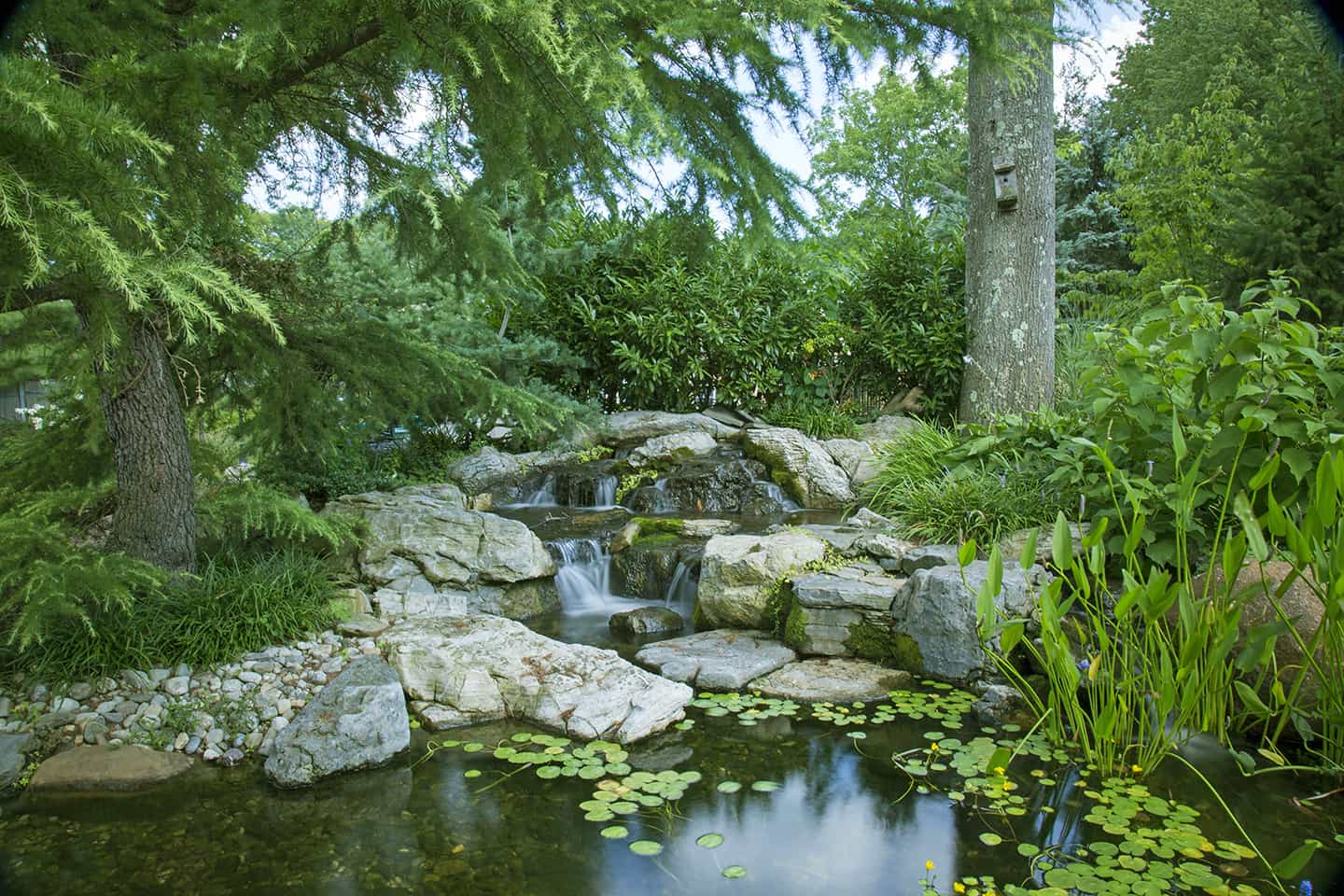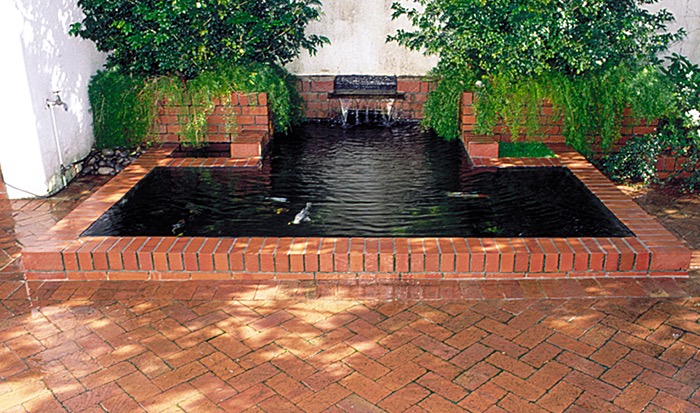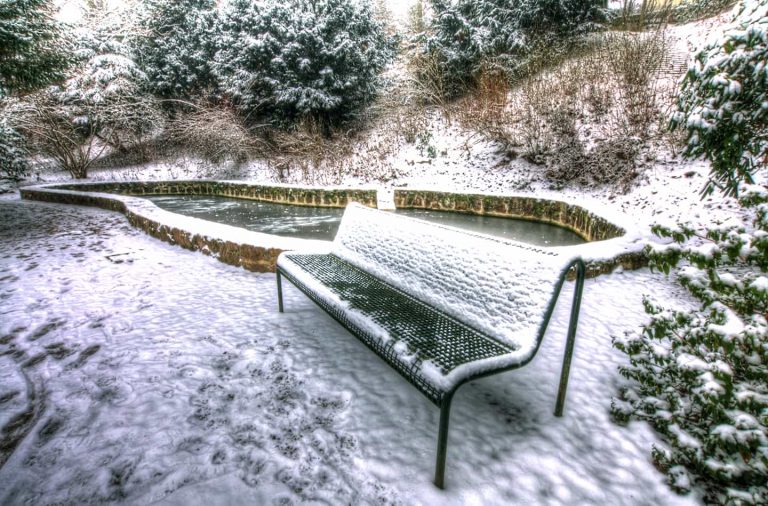Understanding Fish Pond Design 6 Ideas

Fish Pond Design Is Exciting And Rewarding
Many people call in landscapers when they decide to do garden improvements which include the creation of water features and construction of ponds. Other people opt to do everything themselves because they find fish pond design an exciting and rewarding challenge.
Certainly, you don’t need a landscaper to help you find all the fish pond supplies you need to build a pond.
What Does Fish Pond Design Entail?
But what does fish pond design entail, and how difficult is it to take on this design task without professional help?
There are two qualities you probably need to succeed in any field of design. These are:
- Confidence
- Creativity
But you also need the practical ability to put a plan into action, and you need to be able to visualize.
Define What You Want
When it comes to fish pond design, before you even start looking at specifics, you need to know exactly what you want. Only then you can start planning and designing.
For example, if you are aiming for a reflective pond, you should position it where it can be seen from various viewpoints in the garden rather than being tucked away in a corner where it is obscured by dense bushes and trees. If you want to design a pond that incorporates some sort of fountain or moving water feature, you should position it so that the moving water will be visible from a distance.
Decide How You Will Use Plants
Both water plants and fish add a wonderfully exciting dimension to any garden, but water plants can spread very rapidly, and so they need plenty of room to grow. You may also need to create different depths in the pond, depending on what you are going to plant.
It is also quite a good idea to include a buffer area at the edge of the pond, perhaps in the form of a bog garden filled with moisture-loving plants, to make the transition from water to the rest of the garden appear more natural.
Add the Magic Ingredient – Fish
For many people it is the fish, with their bright colors and graceful movements that make a fish pond worthwhile.
But you need to realise from the start that you will design a koi pond quite differently to a pond which will only accommodate goldfish.
- The common goldfish is really quite hardy and very adaptable.
- Fancy goldfish require a bit more care and attention and may need to be moved to a more protected site in the winter months.
- Exotic koi require a lot more attention including really good quality water and special food. So apart from the fact that a koi pond will be considerably deeper than a goldfish pond, you will also have to include items like pumps, filters, skimmers and pond aerators in the design.
[ninja_tables id=”2249″]
Position, Proportion, and Style
Other design issues that you will need to address will be style, proportion and position (in no particular order).
For instance, you will have to decide whether the pond will be formal or informal and whether it will imitate any typical traditions, for example an ornate Italian-style or typically simple Japanese approach.
There are many accepted rules that relate to formal, semi-formal and informal ponds, and you should familiarize yourself with these if you plan to do your own fish pond design.
For example, an informal pond should blend in with the planting scheme in the surrounding garden so that it really does look natural. Paving directly adjacent to an informal pond will look harsh, so it is better to plant right to the edges to mask the perimeter. However, you don’t want these plants to be too high, unless they are going to form a backdrop.
Formal ponds should always be beautifully rounded or geometric in shape. Paving right around the perimeter will enhance the geometry and the formality of the pond.
So, if you are a creative person, and you are confident, why not give fish pond design a go in your own garden?
Indeed, why not?
Here Are 6 Ideas For Koi Ponds
These are with courtesy of the members of K.O.I (Koi Organisation International)












